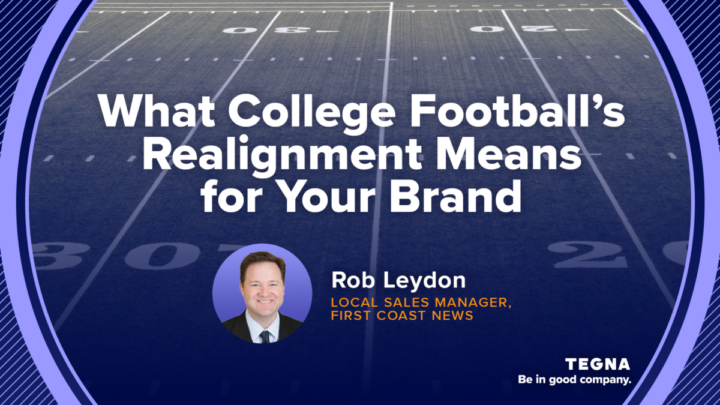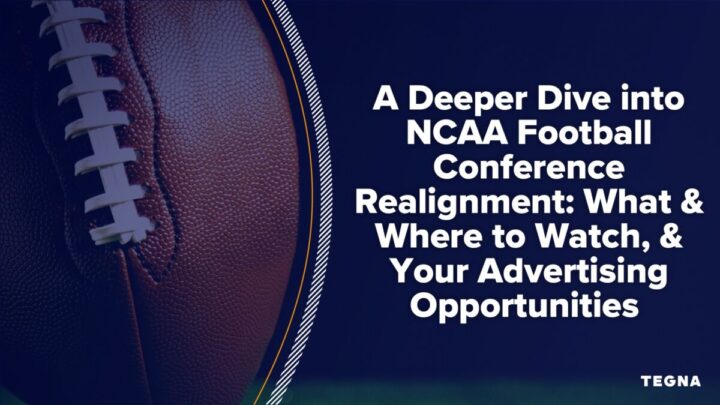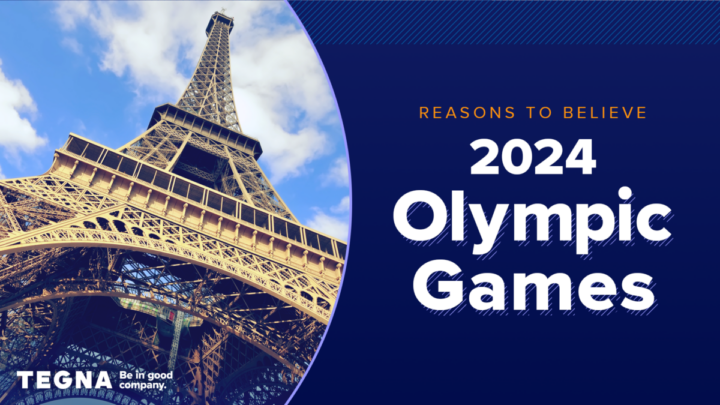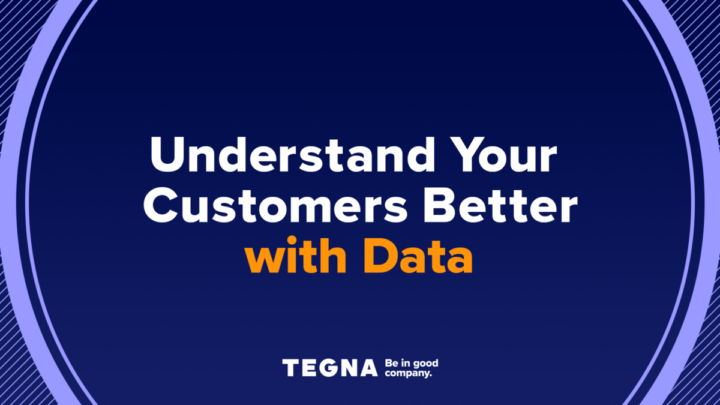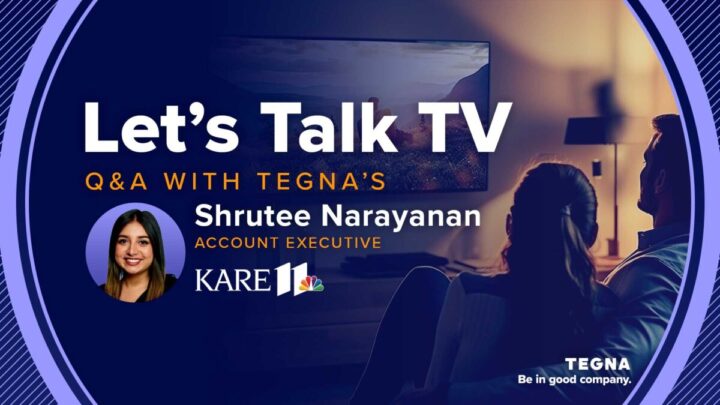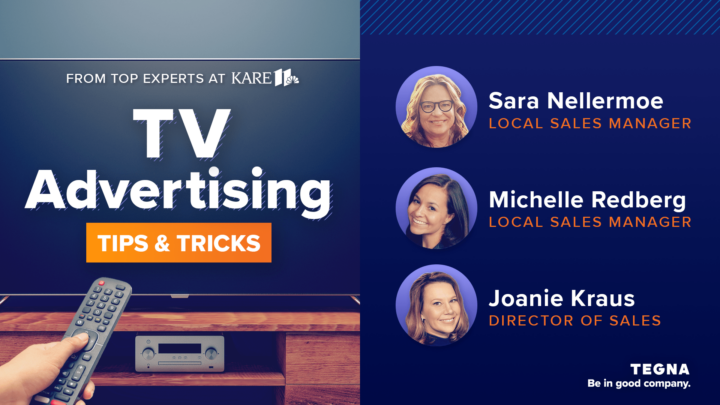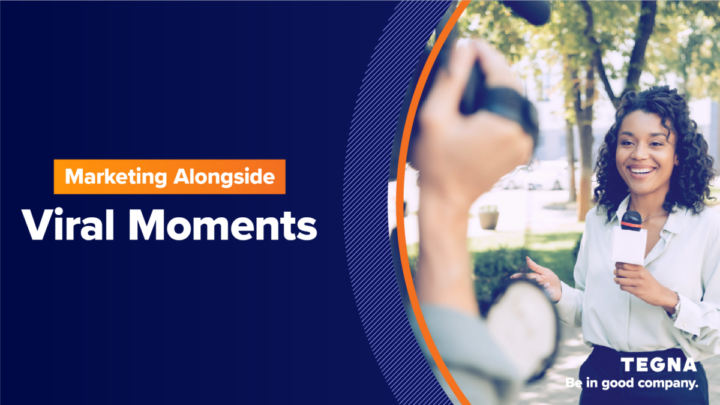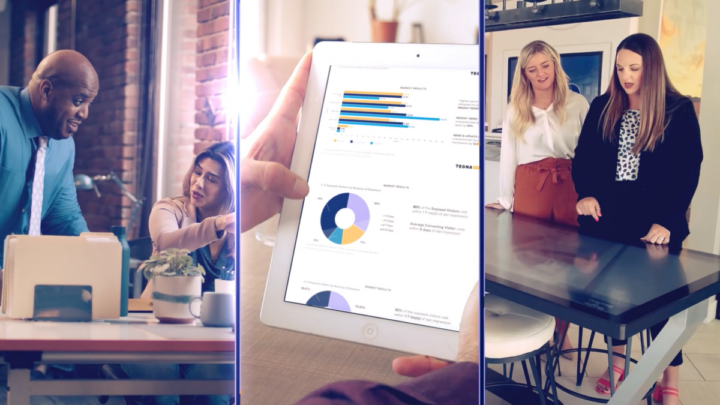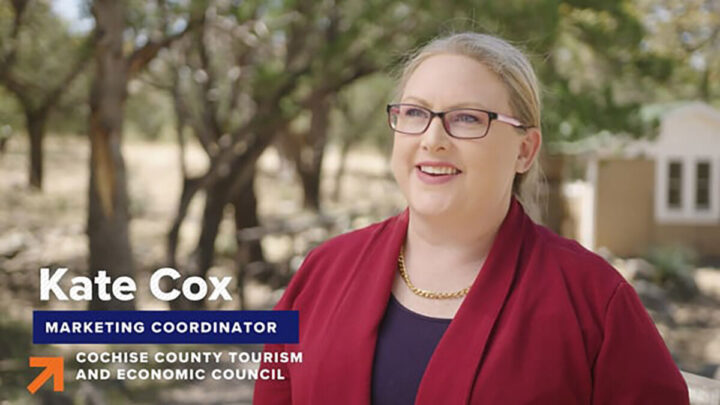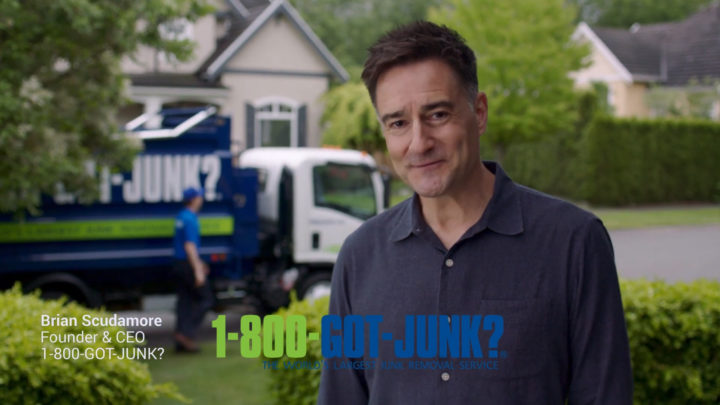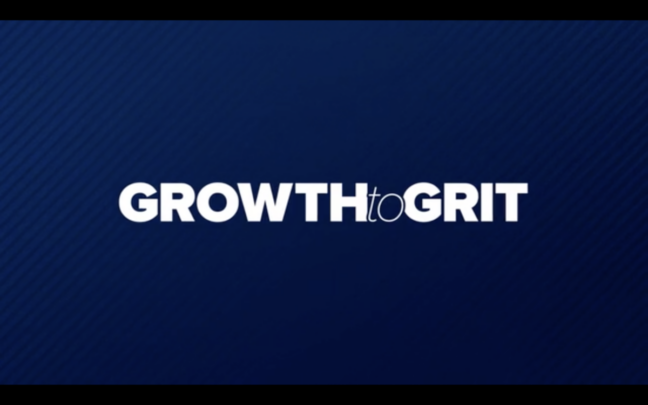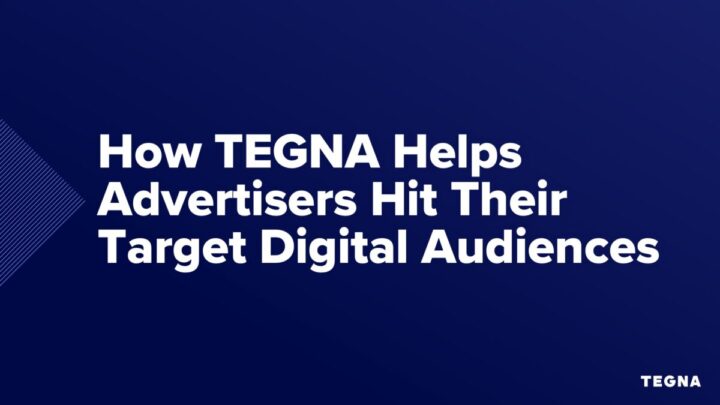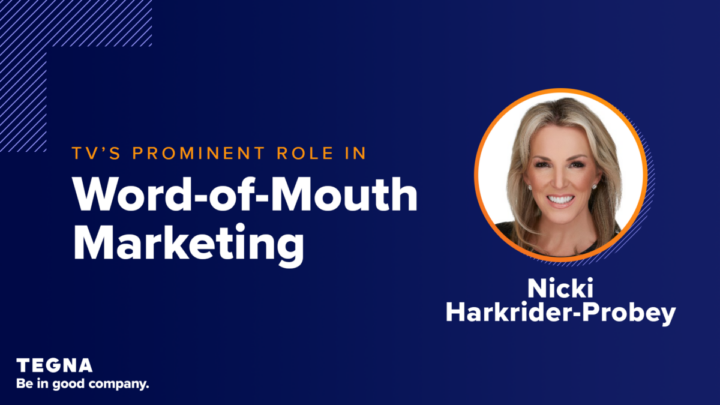How to Create Ads that Convert: 12 Tips
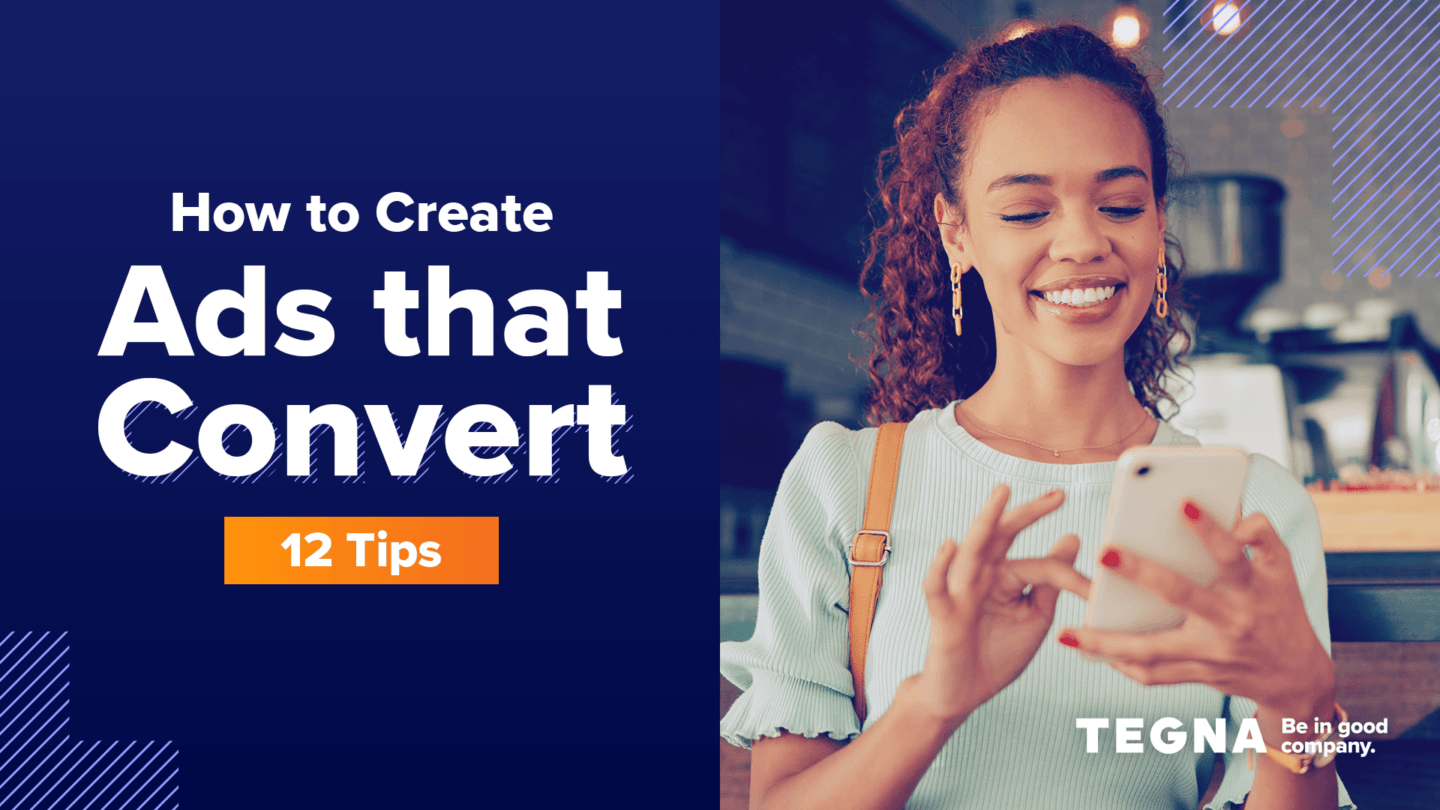
Marketing creative is incredibly important, especially for digital advertising, which can include everything from banner ads and mobile bottom-of-screen overlay ads to sponsored content and native ads that nestle alongside editorial content without being truly disruptive.
Creative is precisely how you tailor digital ads to be as personalized as possible — 58% of Gen X-ers and 63% of millennials are even willing to trade personal data for personalized offers. This is, in part, what makes digital ads so effective. For instance, nearly a third of consumers are willing to share a native ad with friends and family, and native ads that leverage rich media (i.e., video, audio, or other ways to interact) boost conversions by 60%.
1. Keep Ads Simple
Humans have an incredibly short attention span; attention spans have become so short that Google developed its micro-moments approach on top of making page load times and image size/load times ranking factors. That means you can’t afford to overload your audience with too much information or frenetic imagery, and you need to be as specific as possible. For example, don’t put too many different calls-to-action or contact points in one ad or risk no action being taken at all.
2. Stay Focused
Your advertising creative needs to do more than keep it simple—it needs to stay on point to drive your message home. Sometimes you only have a few seconds to capture their attention, so every second has to count. Whether it’s a simple display ad where you need to make sure your CTA pops right away or a video that can risk losing someone’s attention in seconds, keeping your creative focused on what will resonate with your audience is key.
3. Ensure a Professional Design
Your digital ads are an extension of your brand. This is especially true if you’re using native advertising or sponsored posts. No matter the format, this means you need your ads to be a professional reflection of what your business is and to establish or support your branding. For instance, the style and tone of the ad, fonts, and colors should be aligned with branding. It behooves us to point out that this often requires a professional designer, either by adding one to your team or utilizing a third party. A professional designer will guide you on how to keep it simple while ensuring best practices (like those shared in this article) are followed.
Note: Just any professional designer won’t do. Ideally, you’ll work with someone who truly understands marketing, consumer behavior, and the type of ad you’re running so that it’s more than just pretty.
4. Make Your Ads Appealing
In conjunction with our last tip, digital ads need to be able to resonate with customers and do it quickly. Part of that is aesthetic choices to catch and hold attention; part of it is leveraging psychological tactics to resonate with customers on a deeper, emotional level. This helps appeal to them more effectively at the moment. To apply this practice, you must start with truly understanding your target audience to research and uncover what will most likely resonate and ultimately convert someone.
5. Speak Directly to Your Segmented Audience
While personalization is key, we can’t over-emphasize that segmentation and targeting are critical to reaching audiences effectively with digital ads. This allows you to develop an offer that is enticing to them, specifically using language that they understand, and what’s more, take programmatic action based on behaviors (e.g., Facebook’s retargeting ads that are served to users that have been to your site, focusing on the type of products they viewed).
An example of customizing your ad creative to a very segmented audience might be as simple as changing one word or image to reflect a local feel. Imagine you are marketing your multi-location dentist office to people in two different cities; you could say “Your local Seattle dentist” in one and “Your local Tacoma dentist” in another.
6. Be Memorable
Like all advertising, digital advertising needs to be memorable. That way, it adds to the frequency footprint it builds for your brand, building on brand perception in a positive way. This is very important since, despite the influence of digital in people’s lives, it’s actually cognitively harder to encode into memory. But when you’re targeting your audience with a simple message designed specifically to resonate with them emotionally, you’re already doing a lot of heavy lifting to clear the way to make your ad stick. Fortunately, there are tools to help you course correct along the way—one actually helps brands follow up with mobile users that were served their digital ad to survey how well they remembered the ad and what kind of impact it had.
7. Integrate with Omnichannel Strategies
Consumers expect to have a consistent brand experience across channels and devices. That means that ads they see for your brand on non-digital platforms must share design elements, creativity, and messages with your digital outreach. This type of multi-channel strategy will lift the ROI of each kind of campaign, so it’s important to consider your additional advertising efforts, whether native advertising, content or TV. Taking an omnichannel approach is especially true for TV viewers, where you can target consumers on multiple screens simultaneously—which has proven to be incredibly effective.
8. Have a Strong CTA
Digital is different from traditional advertising channels because it offers the ability to take immediate action, even if it’s only signing up for more information. That means you need to leverage a strong call-to-action (CTA) within your ad, but even this is not enough by itself.
That CTA needs to lead to a powerful landing page with a potent CTA of its own to ensure complete conversion. The landing page should feature the same strengths in design we mention in our tips, too. If you need to use forms, be sure that they’re immediately obvious, easy to understand, and concise to fill out.
9. Use a Button
While this needs to make sense contextually, making your CTA an actual button that appears to be “clickable” can have a big impact. In one case study from Protocol 80, CTAs that look like buttons increase clicks by 45%. Meanwhile, another study found that adding CTA buttons to article templates could increase conversion and even revenue by an astounding 83%. These benefits are thanks in part to the fact that buttons help the CTA stand out—another case study saw a 26% lift in click-through rate (CTR) just from adding an arrow to the button.
10. Use Action Language
Your CTA always needs to be clear and concise, but this is especially true of a CTA button, which should probably be about 5 words long. And as you might expect, a call-to-action usually needs to leverage an action verb to direct the audience to do what you want them to do, for example, “sign up now,” “get started today,” or “try a free sample.” When applicable, create a sense of urgency, and leverage the value and psychological tactics. For instance, “get my free sample” may be more effective because the use of “my” generates a sense of ownership, while “free” shows the value of the action.
Creative is a vital part of your advertising strategy, and effective digital advertising leverages creative designed to be targeted to specific users across devices and platforms. They’re meant to be as personalized as possible, then programmed to be served at exactly the right moment. Using our tips above, you should be able to design digital ads that convert more successfully and get you the return on investment that you need.
11. Use Contextual Data
Since cookies are disappearing, it’s important to consider other methods for delivering personalized campaigns. Contextual data analyzes the information on a page to determine who is best suited for a specific advertisement. For dealerships, this can include users looking at stories related to car pricing and automotive trends. Contextual advertising allows marketers and small businesses to use personalization tactics without seeming invasive.
12. Experiment with Location Data
Location information can also be an important tool in tracking down the right customers. For businesses that are more local, location is one of the most important factors in reaching the right people and driving foot traffic. Geofencing can help you engage potential customers around your store, while geo-conquesting can target those at or around a competitor’s store. With a partner like TEGNA, you can reach local demographics via various formats, including TV and digital.
Final Thoughts
When improving CTA conversions, it’s important to partner with the right channels that can deliver results. At TEGNA, we leverage contextual advertising across our platforms. to ensure that your business targets the right audiences. To learn more, contact our sales team today.
Frequently Asked Questions
Why are your ads not converting?
There are a number of reasons why ads may not convert. To make your ads as effective as possible, check your CTAs and creative. Additionally, your teams should ensure that the ad is tailored to the right demographic and the platform reaches your target audience.
What is the best type of ad for conversions?
Personalization is a great tool for increasing ad conversions. However, with the loss of cookies, marketers are challenged to create better ads with less data. Contextual ads can help solve this gap, by allowing brands to deliver personalized experiences, without seeming invasive.


